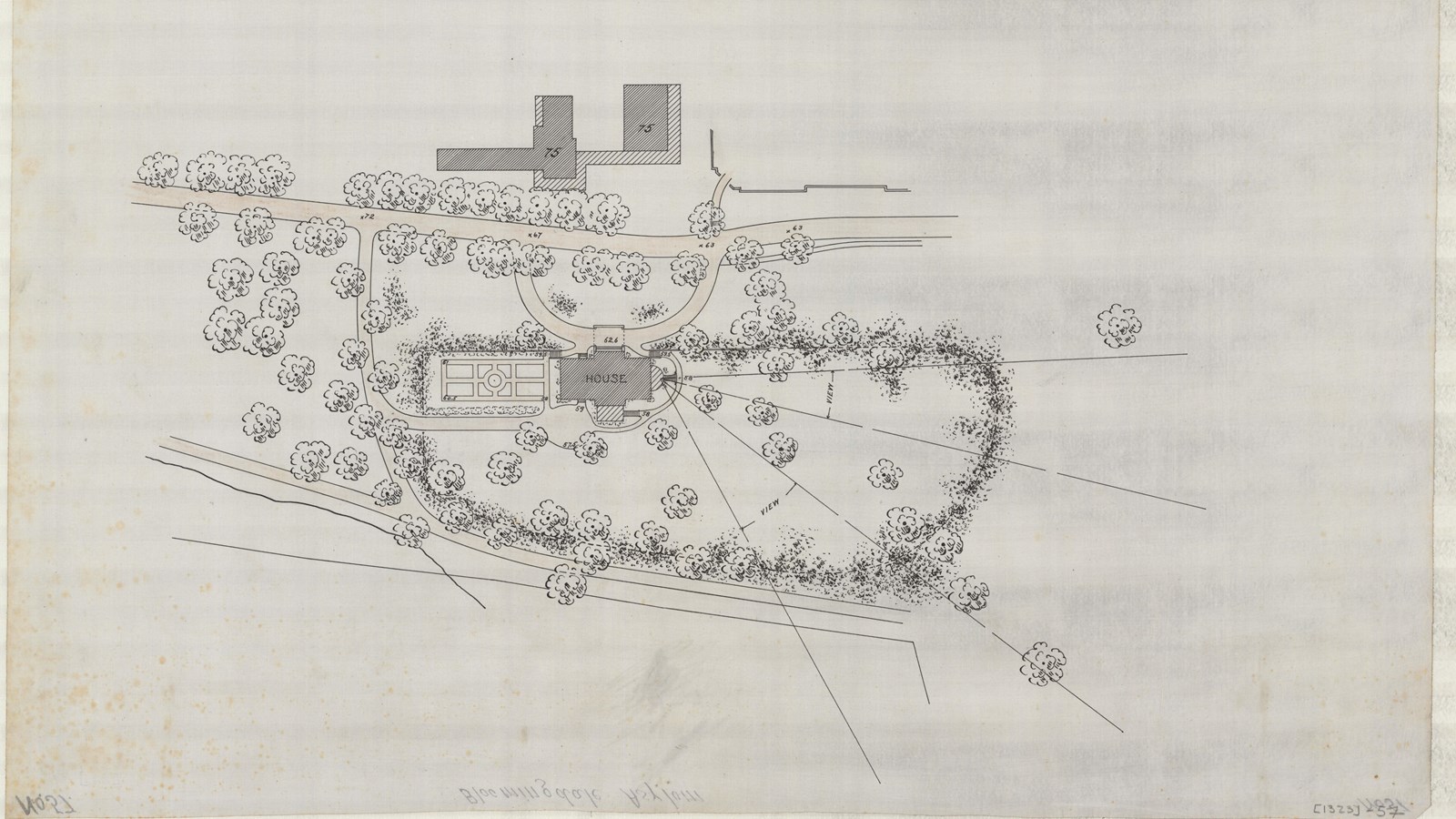Last updated: June 20, 2024
Place
Bloomingdale Asylum

Olmsted Archives
Quick Facts
Location:
White Plains, NY
Significance:
Olmsted Designed Landscape
After viewing the World’s Columbian Exposition in Chicago, Charles E. Strong, a trustee of Bloomingdale Asylum, was so impressed he reached out to Frederick Law Olmsted in 1892. Bloomingdale Asylum was moving out of New York City to a 300-acre plot of land in White Plains, which needed a landscaping plan. Olmsted designed six pavilions set apart, each housing a different category of patient.
Olmsted believed that if the Asylum could look like a residential community, it would improve patient’s mental health. Additionally, Olmsted felt a park-like setting could help patients, so he provided ample space, separated by gender. An emphasis was placed on tree plantings to provide shade, and a pleasing look.
Source: "Bloomingdale Asylum," Olmsted Online
For more information and primary resources, please visit:
Olmsted Research Guide Online
Olmsted Archives on Flickr
Olmsted believed that if the Asylum could look like a residential community, it would improve patient’s mental health. Additionally, Olmsted felt a park-like setting could help patients, so he provided ample space, separated by gender. An emphasis was placed on tree plantings to provide shade, and a pleasing look.
Source: "Bloomingdale Asylum," Olmsted Online
For more information and primary resources, please visit:
Olmsted Research Guide Online
Olmsted Archives on Flickr
